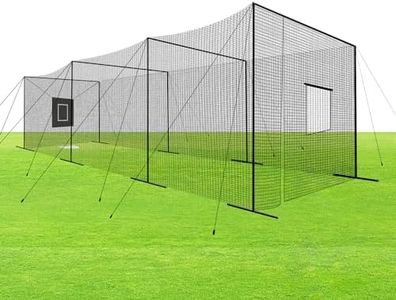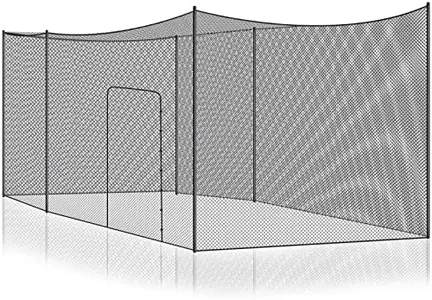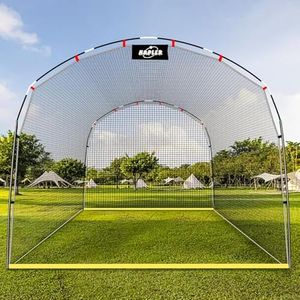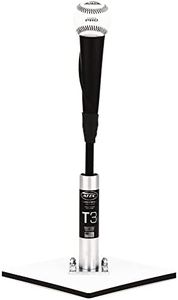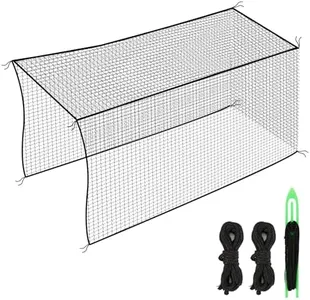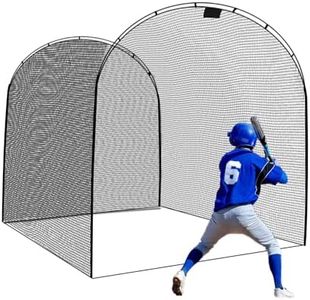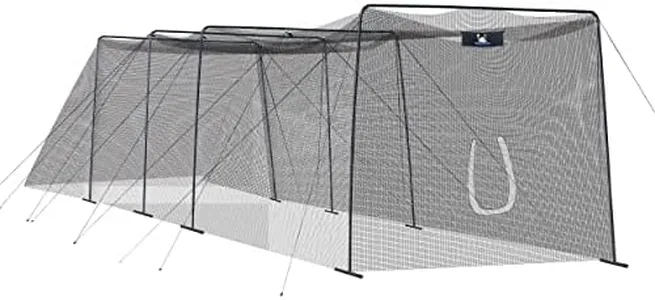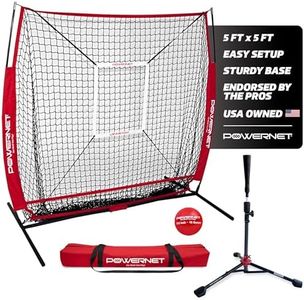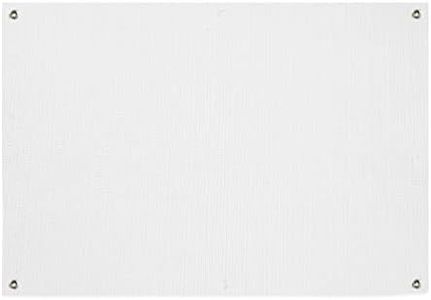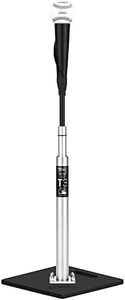We Use CookiesWe use cookies to enhance the security, performance,
functionality and for analytical and promotional activities. By continuing to browse this site you
are agreeing to our privacy policy
10 Best Backyard Batting Cages
From leading brands and best sellers available on the web.Buying Guide for the Best Backyard Batting Cages
Choosing the right backyard batting cage can be a game changer for baseball and softball enthusiasts who want to practice and improve their skills at home. The best approach is to consider the available space, how often you'll use it, the skill levels of the users, and how permanent you want your setup to be. Focus on safety and durability, making sure that the batting cage you pick will serve your needs for years to come and keep everyone protected during practice.Size (Length, Width, Height)The size of a batting cage determines how much space the batter, pitcher, and any equipment will have during practice. Standard sizes vary, with smaller cages around 20-30 feet and larger ones up to 70 feet long; widths and heights are often between 10-14 feet. Shorter cages are suitable for young children or limited spaces, while longer cages allow for better ball tracking and are closer to the experience of a real game. When deciding, consider the age and skill level of the users and measure your available backyard space carefully.
Netting Material and StrengthNetting keeps balls safely within the cage and is crucial for long-term durability. Materials typically include nylon, polyethylene, or polyester. Thicker and more tightly-woven netting offers higher strength and durability. Look for higher 'twine numbers' or gauge for more serious use, especially if you’re using real baseballs or adult pitchers. For light youth practice, lighter netting is sufficient, while harder hitters and frequent use require premium netting to prevent tears and ensure safety.
Frame ConstructionThe frame is the skeleton of the batting cage and affects overall stability. Frames are commonly made from steel or fiberglass poles. Steel offers strength and longevity, especially in areas with wind or if the cage will stay up year-round, while fiberglass is lighter and more portable. If you need to move your cage or install it seasonally, choose lightweight materials. For a permanent setup or harsher weather, invest in a sturdy, rust-resistant steel frame.
Portability and SetupPortability refers to how easy it is to move or dismantle the cage. Some cages are designed for permanent installation, while others can be set up and taken down quickly. If you plan to use your backyard space for multiple activities, prioritize easy assembly and lightweight sections. If you want a more permanent training zone, a fixed and heavy structure will last longer and stand up to repeated use.
Weather ResistanceWeather resistance ensures that the netting and frame can withstand exposure to sun, rain, and wind, which can quickly degrade materials if not designed for outdoor use. Features to look for include UV treatment for netting and powder-coated or galvanized frames to prevent rust. If your region experiences frequent harsh weather, durability is even more important. Choose features that match your local climate to avoid early replacement.
Ease of Access and SafetySafe and easy entry points, like zipped or velcro doors, make it convenient to get in and out without sacrificing protection. Reinforced corners and anchoring systems help keep the cage stable and reduce risks. For families with younger children, prioritize features that make entry and exit simple and reduce trip hazards, and always ensure the cage is securely installed to prevent tipping or movement during energetic play.


